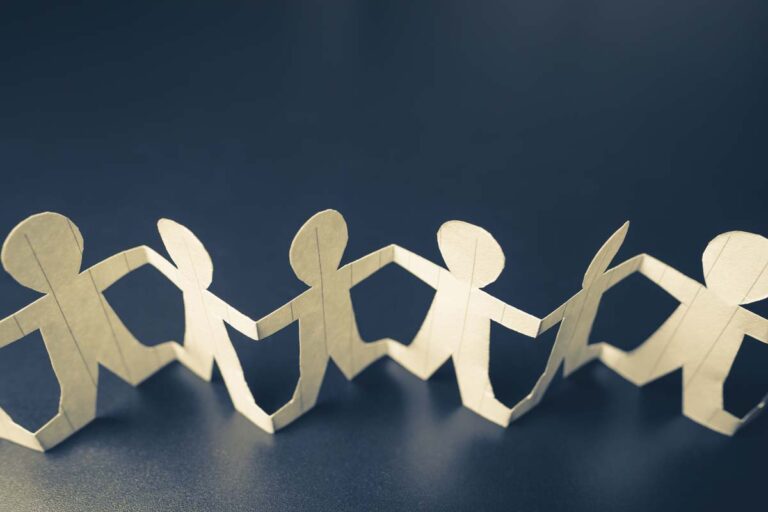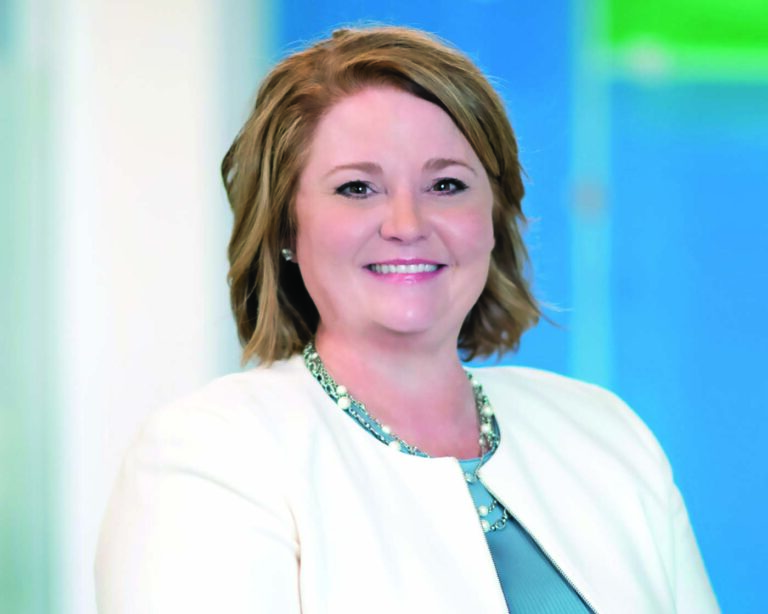While the ’80s brought us alternative music, traditional Chinese medicine brought us alternative medicine, now known as complementary medicine, in the form of acupuncture. Acupuncture has been practiced in China for thousands of years.
It was reintroduced to the U.S. after then-President Nixon visited China in the early ’70s. His personal physician wrote an article touting its efficacy from observations made on that trip.
Acupuncture is centered on the belief that the body is kept in wellness by having proper flow of life force or vital energy called qi (pronounced “chee”) that flows through the body’s meridians or pathways. The insertion of fine, thread-like, sterile, single-use needles into the body along specific points of the meridian helps bring the body back to proper balance, and thus wellness.
The World Health Organization recognizes acupuncture as a proven treatment for 28 different ailments and is likely helpful in 63 other conditions. Although used in China for everyday health maintenance, it is generally used in the U.S. to alleviate chronic and acute pain, or nausea and vomiting associated with chemotherapy or anesthesia. It may also be useful in the following conditions:
• Respiratory: asthma, bronchitis, common cold, sinusitis, tonsillitis
• Gynecological: infertility, premenstrual syndrome, menopausal symptoms
• Emotional: anxiety, depression, insomnia, neurosis
• Neurologic: headaches, migraines, neurogenic bladder dysfunction, Parkinson’s disease, stroke, post-operative pain
• Musculoskeletal: arthritis, back pain, neck pain, sciatica, muscle cramps, pain or weakness
• Eye, Ear, Nose, Throat: cataracts, gingivitis, poor vision, tinnitus, dental pain
• Digestive: constipation, diarrhea, indigestion, abdominal pain
• Other: addiction control, smoking cessation, athletic performance, blood pressure regulation, chronic fatigue, immune system, stress reduction
The National Institutes of Health found acupuncture helpful on its own or when combined with conventional therapies used to treat nausea from chemotherapy or post operatively, as well as addiction, headaches, menstrual cramps, tennis elbow, fibromyalgia, myofascial pain, osteoarthritis, low back pain, carpal tunnel syndrome, asthma and to aid in stroke recovery
Your acupuncturist will take a health history and individualize your treatment plan. Needle insertion generally causes minimal to no discomfort. This is a time to relax. Many people report feeling calmer and energized after a session. Some report their symptoms to be exaggerated for one to two days prior to showing improvement. It is typical to need six to 12 treatments, depending on how long you have been dealing with your condition and how well you respond to acupuncture.
Whether you injured yourself practicing your moonwalk or have a bout of seasonal bronchitis, back pain and respiratory ailments remain among the top 10 reasons people visit their primary care physician. Consult with your physician as to whether or not acupuncture may be helpful for you.
Dawn Powell-Londono is a licensed acupuncturist who has worked at Lutheran Medical Center for 15 years and is currently pursuing her doctorate degree. She practices at Lutheran Spine Center.






